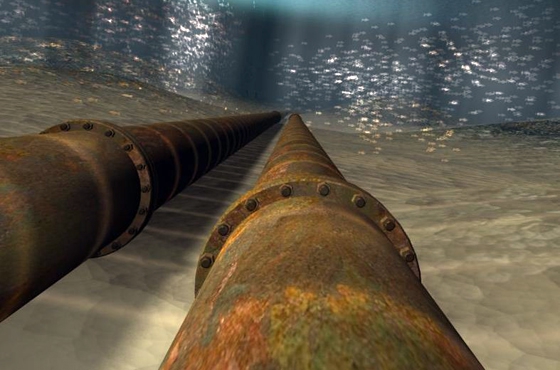Oman and Iran have finalized the route for export of Iranian gas to the Sultanate after studying four possible paths. Tehran will export its gas to Oman through a 176- km gas pipeline and it could plunge as deep as 290 meters from the sea surface before reaching Oman's shores. In 2013, the Sultanate and Tehran has signed a contract to export gas to Oman. The $60 billion contract was for a duration of 25 years and the two countries have signed basic agreements based on which Iran will export a daily amount of 28 million cubic meters of gas to the Sultanate.
Almost a third of the gas will be used in spare liquefaction at the Sultanate's Qalhat plant and the rest will be consumed in the domestic market. The Qalhat plant has the capacity to liquefy 10.4 million tons of LNG per annum. The Iranian Offshore Engineering and Construction Company (IOECC) completed the draft study of the Oman-Iran gas pipeline and started producing basic engineering documents related to the land part of the project. The company announced that it held meetings with contractors and reviewed the technical proposals on survey operations to finalize the route for laying the pipeline.
A South Korean company had shown its readiness to carry out the offshore pipeline work of the project and has even told Iran that it will be ready to fund the whole operations itself. In another related development, India is all set to sign a deal to have a direct undersea gas pipeline from Iran circumventing Pakistan. India will fund a rail link between the Iranian port city of Chabahar and city of Zahidan, located on the tri-junction of Iran-Afghanistan-Pakistan. The rail link, when concluded, will join Chabahar Port with international North-South transport corridor to provide direct access to Central Asia. The $4.5 billion gas pipeline project will bring 31.5 million standard cubic meters gas per day to India's west coast.
Oman Daily Observer
4 April










































































